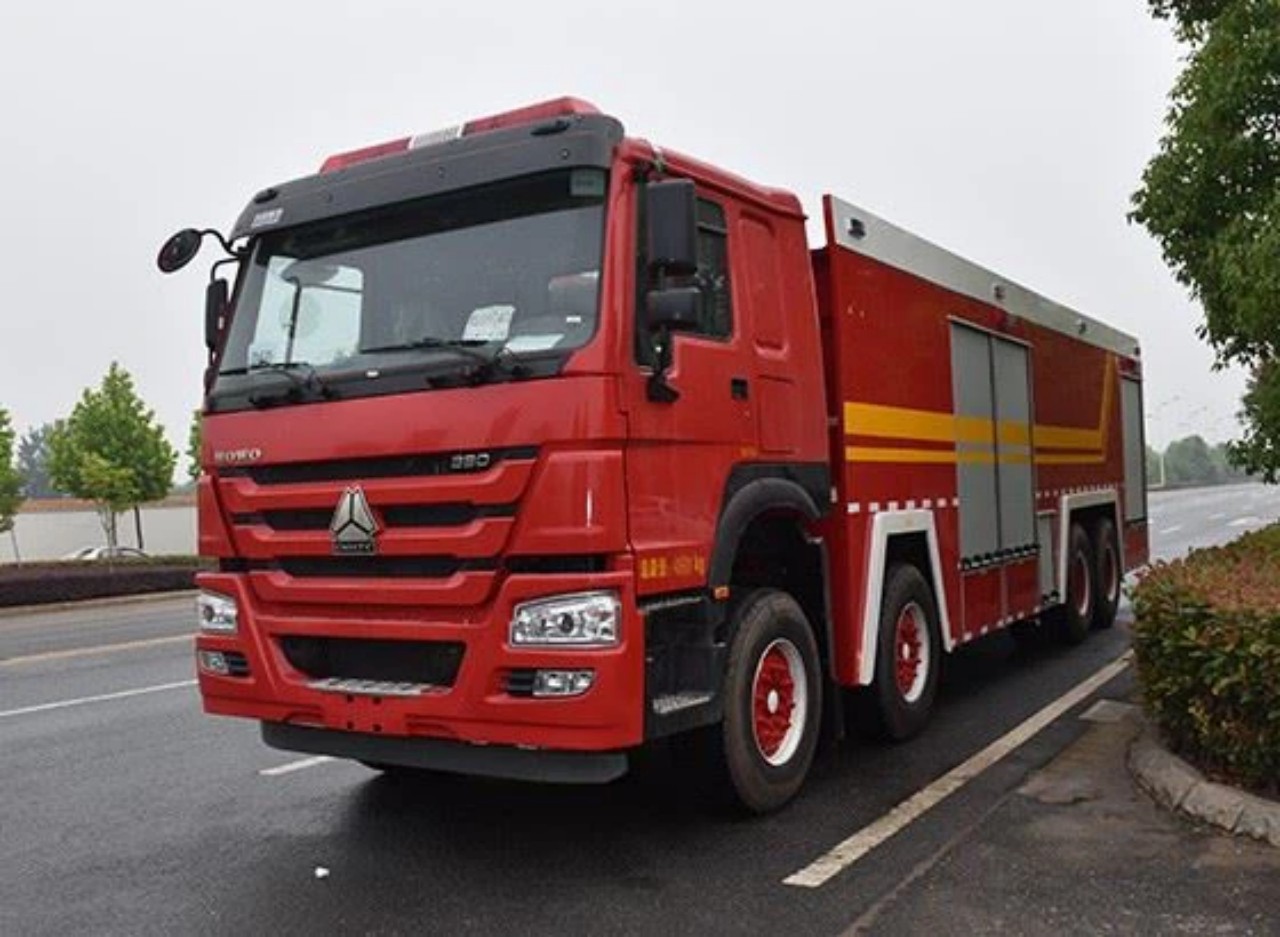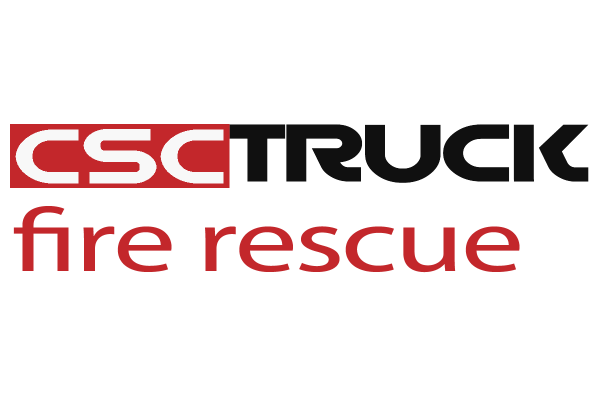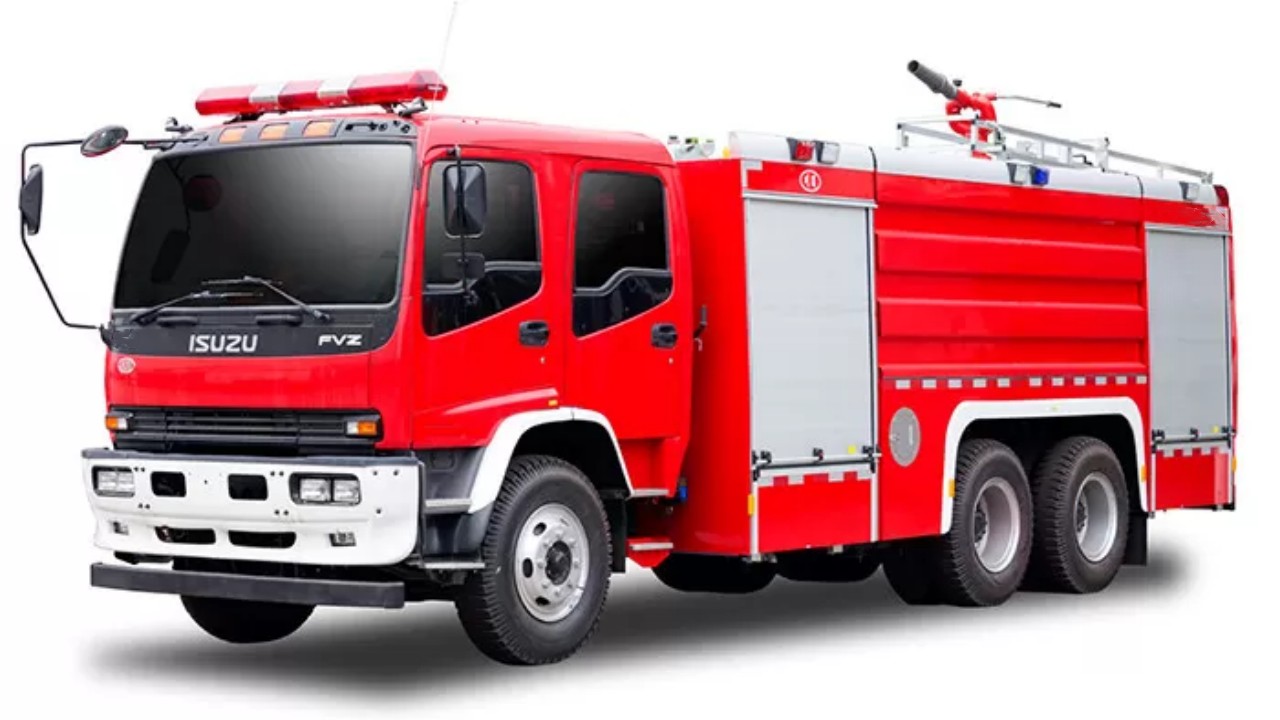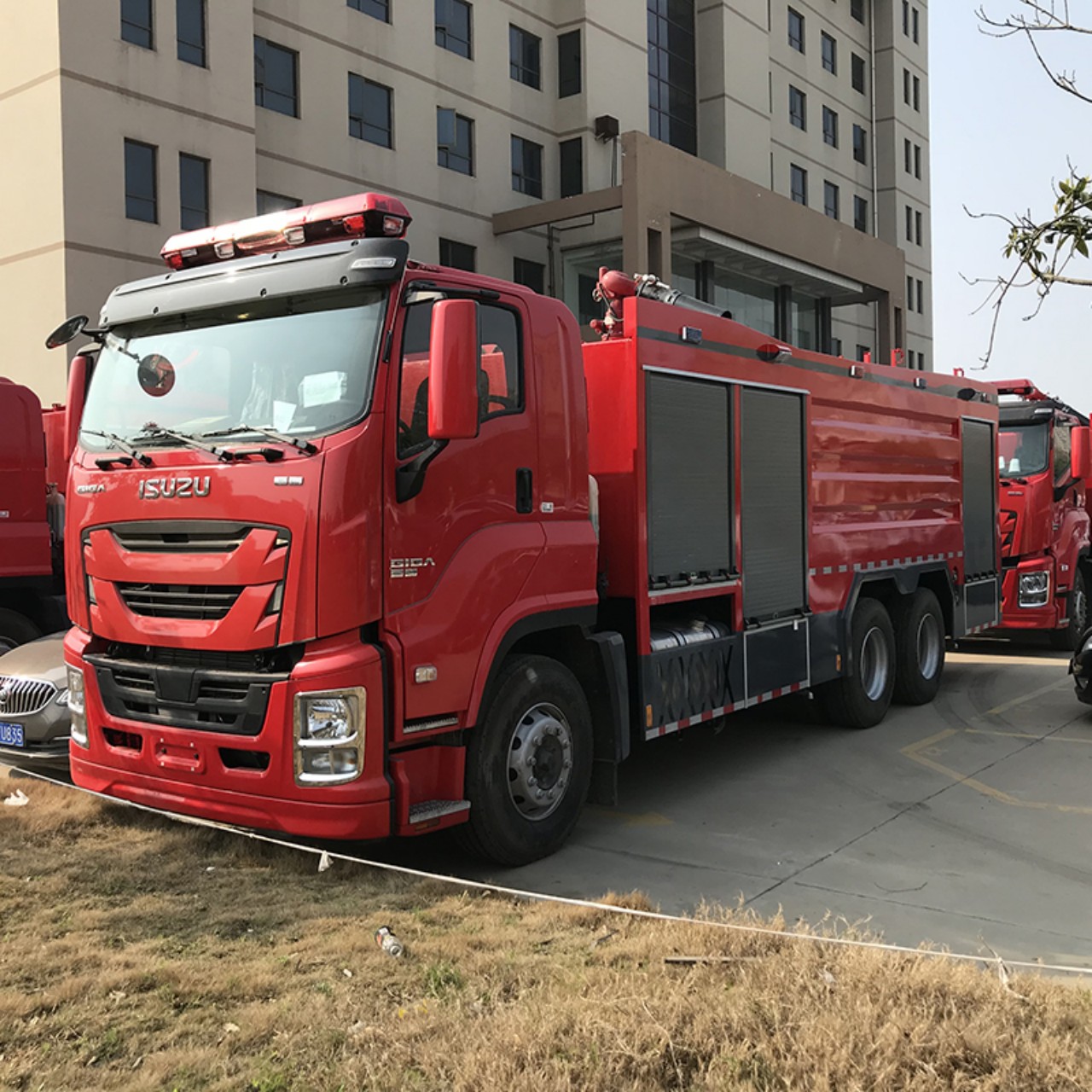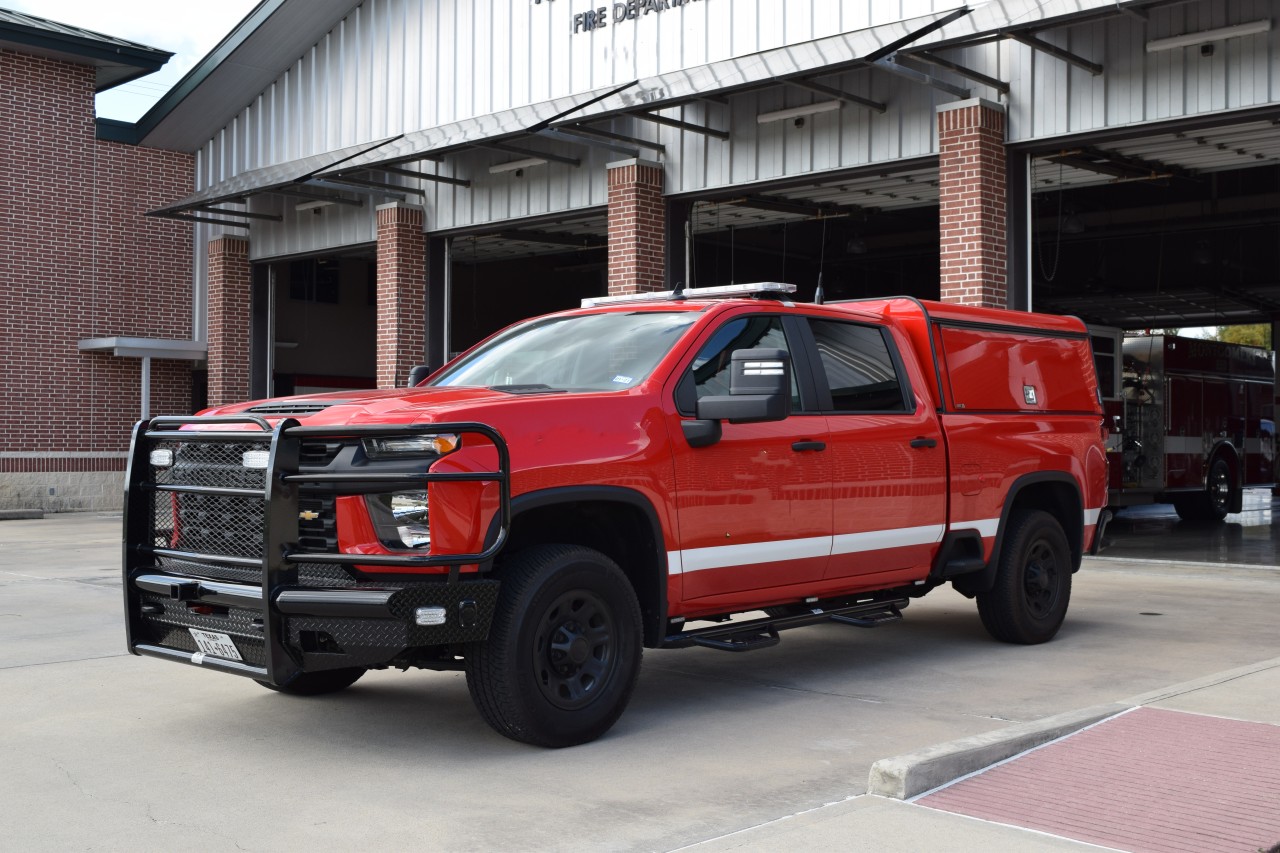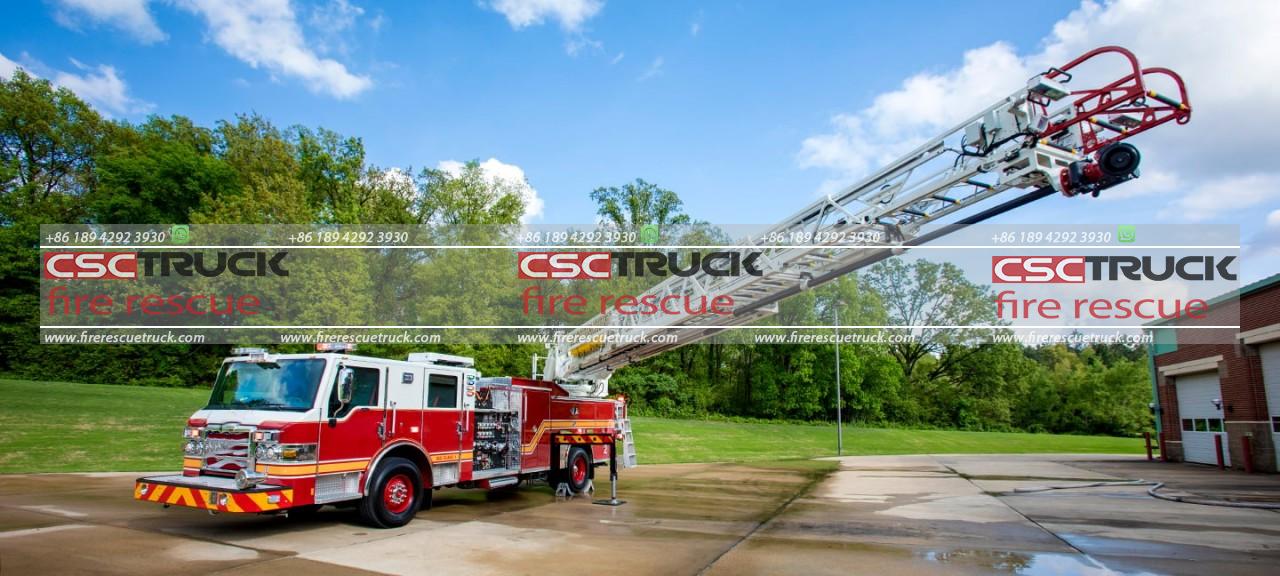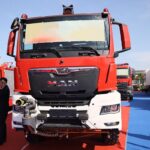When you see a fire truck racing down the street with sirens wailing and lights flashing, it’s natural to wonder what kind of power propels such a massive vehicle into action. Fire trucks are among the most powerful and sophisticated vehicles on the road, and one of the key aspects of their capability lies in their engine horsepower. But how many horsepower is a fire truck, exactly? The answer varies depending on the type of fire truck, its specific functions, and its design. This article delves into the horsepower range of fire trucks, the reasons behind their high power demands, and how horsepower affects their performance.
What is Horsepower?
Before diving into specific numbers, it’s essential to understand what horsepower means. Horsepower (HP) is a unit of measurement used to express the power output of engines. One horsepower is equivalent to 746 watts, or the amount of power needed to move 550 pounds one foot in one second. In vehicles, higher horsepower generally means greater capability for acceleration, towing, and carrying heavy loads.
Types of Fire Trucks and Their Horsepower
Fire trucks come in a variety of types, each designed for different tasks such as pumping water, rescuing people, or transporting equipment. The horsepower required for each type depends on the truck’s weight, operational requirements, and the terrain it must traverse.
1. Pumper (Engine) Trucks
Pumper trucks, also called engine trucks, are the most common type of fire apparatus. They carry water and hoses and are equipped with pumps to move water at high pressure.
- Horsepower Range: Typically between 300 to 450 HP
- Why This Much Power? These trucks are often the first on the scene and must carry several tons of water, hoses, ladders, and other equipment. They also power water pumps, which can demand substantial engine power while maintaining mobility.
2. Aerial Ladder Trucks
These trucks are equipped with long, extendable ladders to reach high places, such as the upper floors of buildings.
- Horsepower Range: Usually between 400 to 600 HP
- Why So Much Power? Aerial ladder trucks are very large and heavy. The ladder systems often include hydraulic systems that can be operated while the engine is running. They must also remain stable while extended, requiring strong chassis and engines to move them reliably.
3. Rescue Trucks
Rescue trucks carry specialized equipment for technical rescues, such as vehicle extrications, confined space rescues, and high-angle rescues.
- Horsepower Range: Generally between 350 to 500 HP
- Purpose of High Power: These trucks may need to carry cutting tools, jacks, generators, and other heavy rescue equipment. Depending on the type of rescue, they may also carry air systems and stabilization gear, contributing to the need for a strong engine.
4. Tanker (Tender) Trucks
Tanker trucks transport large volumes of water to fire scenes, especially in rural areas where hydrants may be unavailable.
- Horsepower Range: Can vary from 350 to 500 HP
- Why the Power Matters: Tanker trucks can carry 1,000 to 3,000 gallons of water. Water is heavy (about 8.34 pounds per gallon), so these trucks need powerful engines to handle the weight and maintain performance on uneven terrain.
5. Wildland Fire Trucks
These are smaller, more agile trucks designed to fight fires in rugged terrain and forests.
- Horsepower Range: Typically 250 to 350 HP
- Why Less Power? They are usually lighter and designed for off-road use, with 4×4 capability. Their smaller size and more efficient water use mean they don’t need as much horsepower as urban fire apparatus.
Engine Types and Manufacturers
Most modern fire trucks are powered by diesel engines, favored for their torque and durability under heavy loads. Common engine manufacturers for fire trucks include:
- Cummins: Popular models include the ISL9 and X12, offering horsepower in the 350-500 range.
- Detroit Diesel: Known for their high-torque engines used in ladder trucks and tankers.
- Caterpillar: Although less common in newer apparatus, many older trucks still run on CAT engines.
- PACCAR and Volvo: Increasingly used in larger trucks and airport crash tenders.
These engines are typically paired with heavy-duty Allison automatic transmissions, designed to handle high torque output and reduce driver fatigue.
Horsepower vs. Torque: What Matters Most?
While horsepower is important, torque often plays a more critical role in fire truck performance. Torque refers to the engine’s rotational force, crucial for moving a heavy vehicle from a stop, especially when fully loaded.
A fire truck’s ability to climb hills, accelerate quickly in emergency conditions, and drive over rugged terrain is more dependent on torque than sheer horsepower. A fire engine might have 450 HP, but it can produce over 1,200 lb-ft of torque, allowing it to perform reliably under stress.
Regulatory and Operational Considerations
Fire trucks must comply with numerous regulations from organizations like the National Fire Protection Association (NFPA), which sets standards for fire apparatus performance. One such standard, NFPA 1901, outlines minimum performance requirements including acceleration, gradeability (hill-climbing ability), and braking—all of which are impacted by horsepower and torque.
For example:
- Fire trucks must be able to accelerate from 0 to 35 mph in under 25 seconds.
- They must climb a 20% grade and sustain a minimum road speed of 50 mph under full load.
Meeting these performance benchmarks necessitates a certain level of engine power, especially when carrying full crews, equipment, and water.
Customization and Horsepower Variability
Unlike standard commercial trucks, fire trucks are custom-built to meet the needs of each fire department. Factors influencing horsepower needs include:
- Geography: Mountainous or rural regions may require more powerful engines for hill climbs or long distances.
- Climate: In colder climates, engines may need auxiliary heating systems, while hot climates require enhanced cooling systems.
- Urban vs. Rural: Urban trucks may be smaller but must be more maneuverable, while rural trucks may prioritize large water tanks and 4-wheel drive.
This customization leads to wide variability in engine horsepower and drivetrain configurations.
Conclusion: A Range, Not a Number
So, how many horsepower is a fire truck? The answer lies in a range, not a single number. Most modern fire trucks produce between 300 and 600 horsepower, depending on their type and purpose. While horsepower is a key factor, it works in tandem with torque, engine durability, and vehicle weight to determine overall performance.
As fire departments continue to evolve and adopt more complex and capable apparatus, the engines under the hoods of fire trucks will keep growing stronger. In the end, every fire truck’s power is carefully engineered to serve one purpose: Saving lives and protecting communities, no matter the obstacles in its path.
